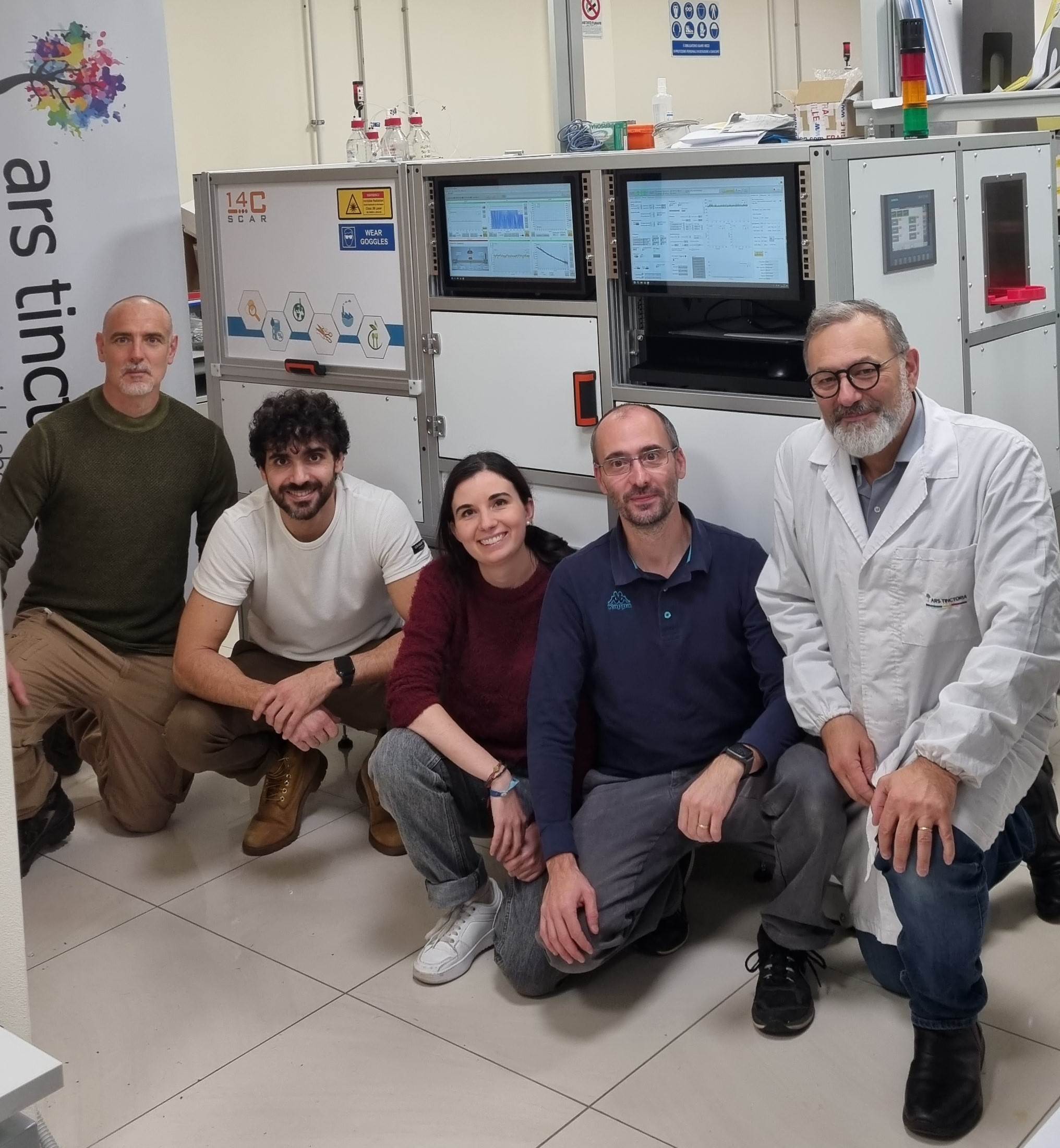Carbon analysis results published by Ars Tinctoria

Italian specialist laboratory ARS Tinctoria has announced the publication of the results from their recent radiocarbon analysis of leather and alternative materials.
The article, titled “Materials’ Circularity: A Novel Method for Biobased Carbon Quantification on Leather, Artificial Leather, and Trendy Alternatives” has been published in MDPI coatings, and is the result of the collaboration between Ars Tinctoria with National Institute of Optics- Florence (CNR-INO), European Laboratory of Non-Linear Spectroscopy - Sesto Fiorentino (LENS), the University of Florence and ppqSense (a spinoff of CNR-INO), and was authored by Federico Carcione, Iacopo Galli, Saverio Bartalini and Davide Mazzotti, while Gustavo Adrián Defeo coordinated and supported the project with his expertise on materials.
Inspired by previous work carried out by the FILK Freiberg Institute - “A comparison of the technical performance of leather, artificial leather, and trendy alternatives”, and published in the same journal in 2021, the radiocarbon analysis was carried out on the same samples, from the concept of how the bioeconomy proposed by Europe justifies the need to evolve all sectors of materials towards a new analytical point of view.
In a statement Ars Tinctoria said: “This research on radiocarbon analysis was initiated by Ars Tinctoria during 2018 while they were studying the latest European regulatory trends on circularity and sustainability in a Green Deal policy context.
Unfortunately, the widespread practice of greenwashing under false sustainability credentials was worsening the environmental impact of the materials industries in general, inducing tanneries to more polluting processes and new startups to promote alternatives to leather without considering the real environmental consequences on the end of life of such new materials.”
The paper covers the latest carbon neutral environmental policies and goes on to explain the Saturated-absorption CAvity Ring-down (SCAR) spectroscopy principles and analytical methods developed by the authors.
The paper concludes with the results for the biobased carbon content of the materials included in the FILK study, as well as other leather samples ranging from heavily coated to nubuck, splits, salmon skins, produced from miscellaneous tanning methods (metal free, Chrome and pure vegetable).
Pictured from left to right: Dr. Alessio Montori (CNR–INO / PPQ Sense), Dr. Federico Carcione (Univ. Florence), Dr. Amelia Detti (PPQ–Sense), Prof Saverio Bartalini (CNR–INO / PPQ Sense), and Gustavo Defeo FSLTC.











